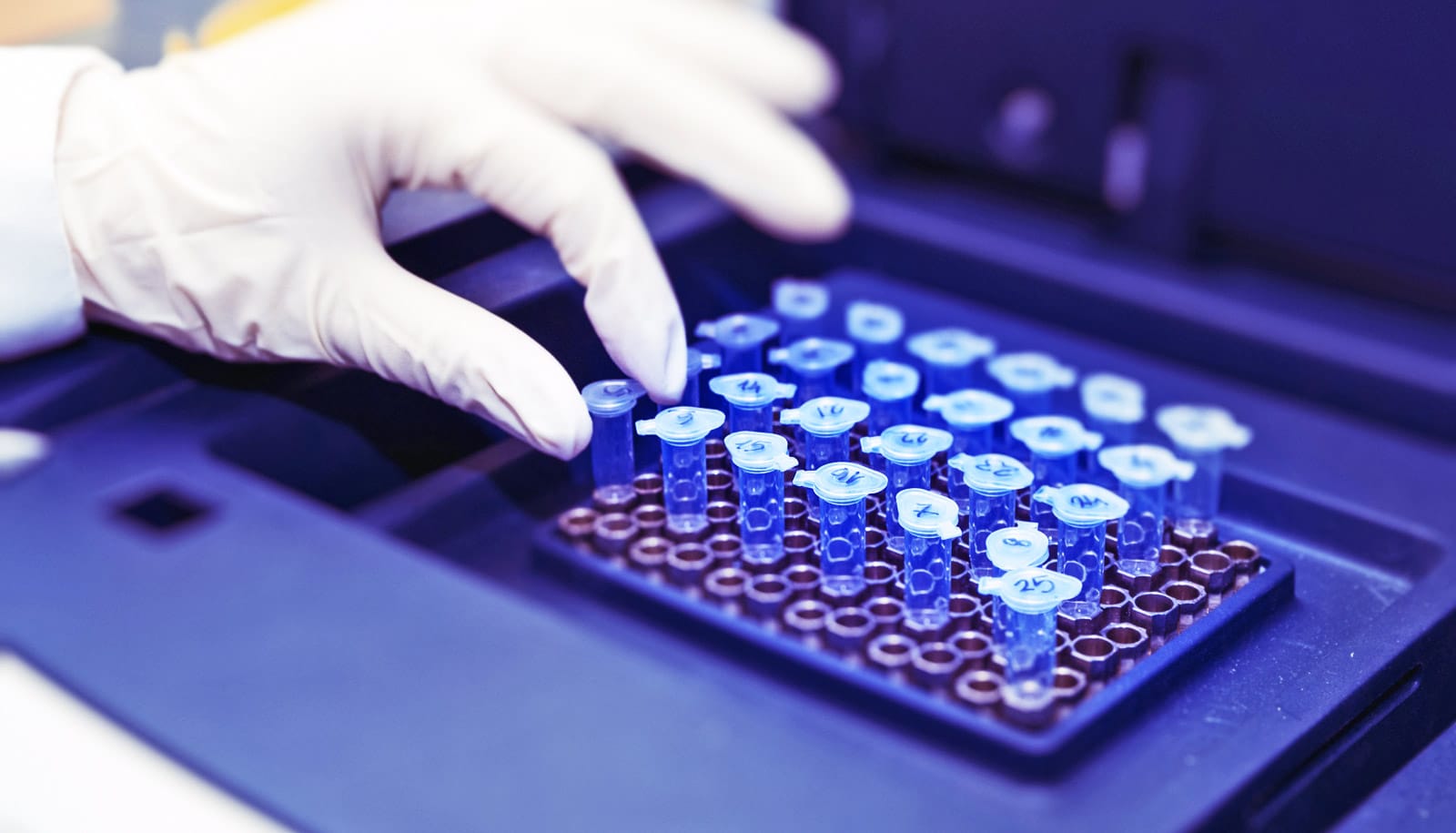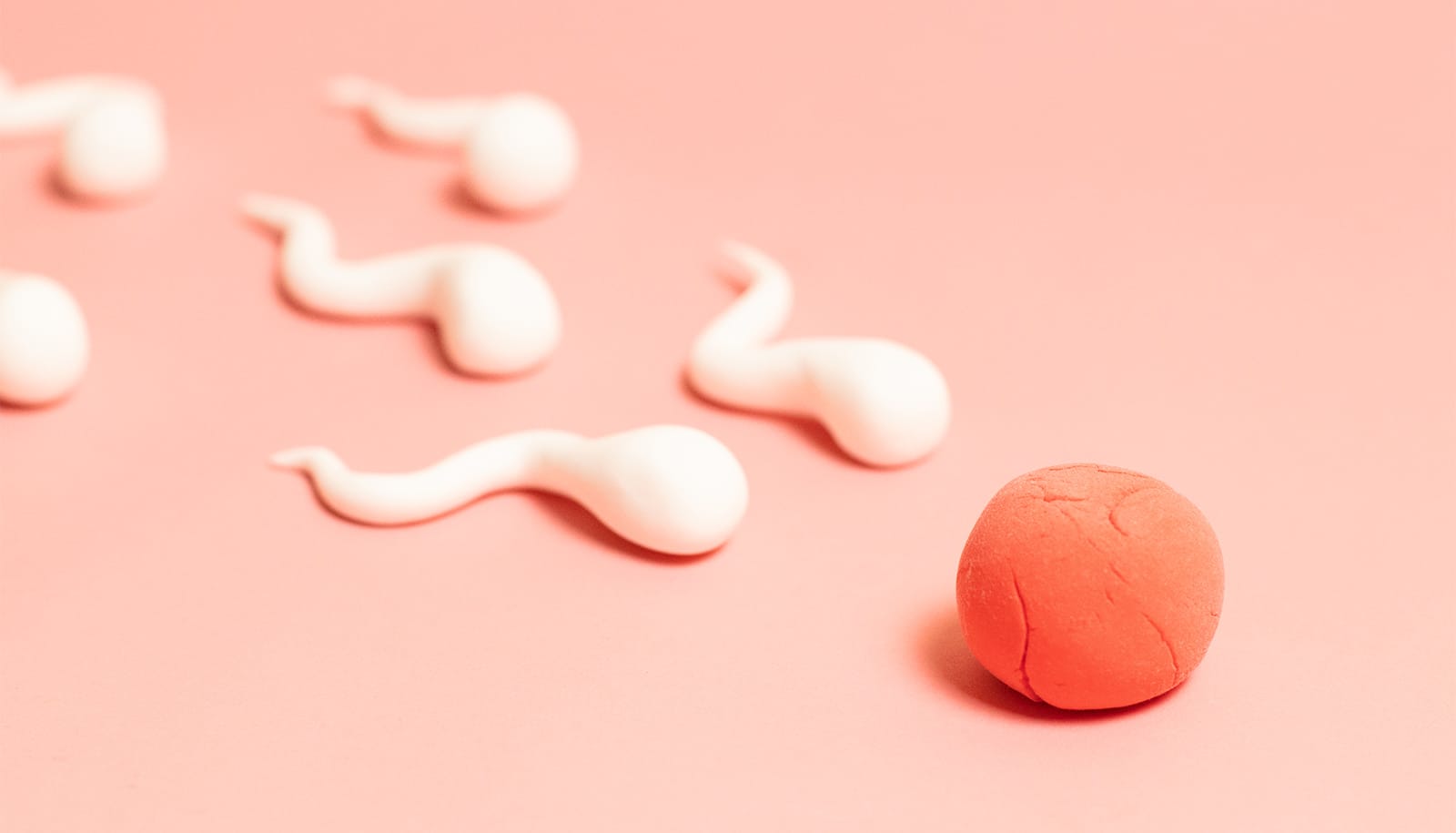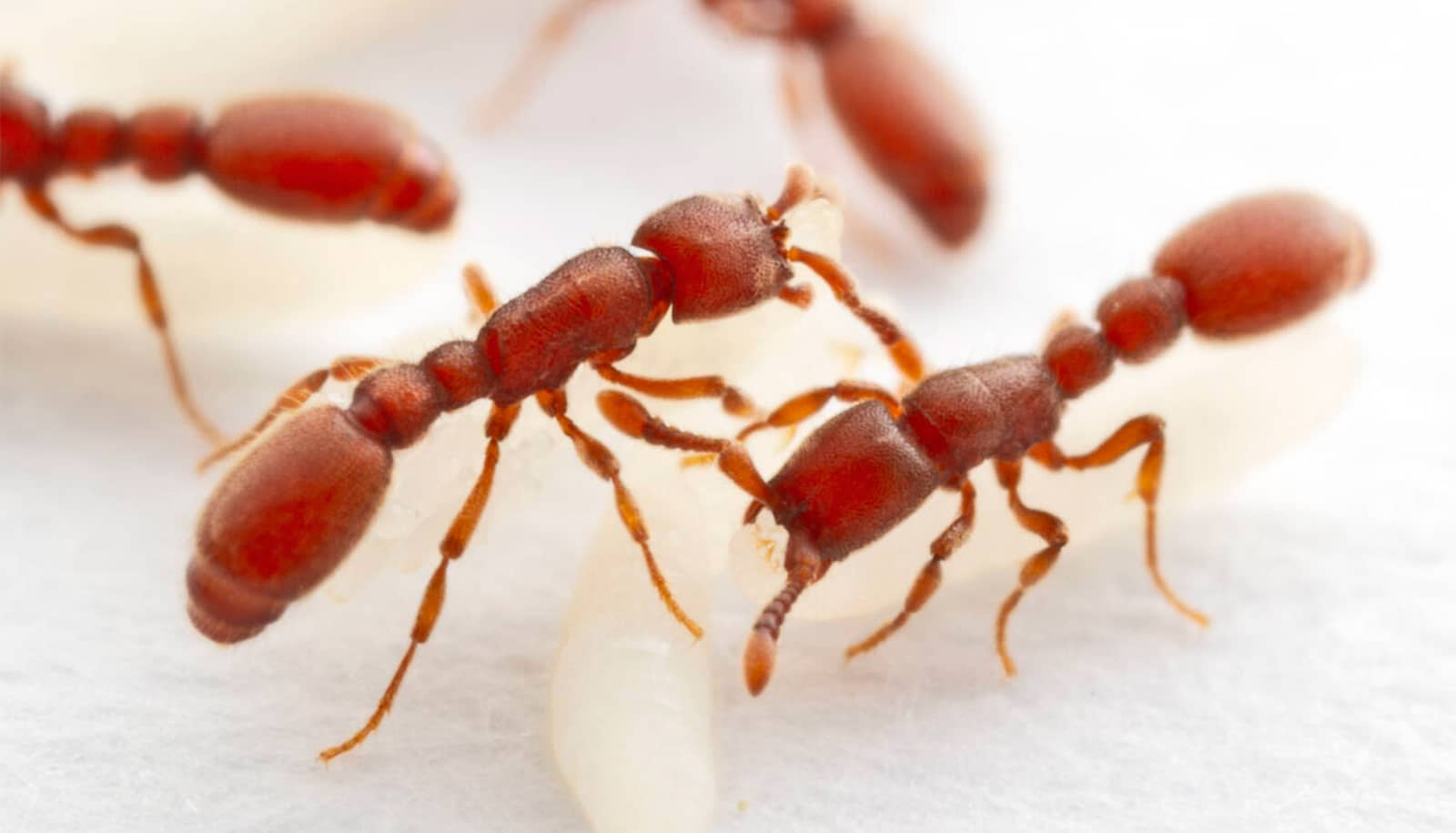A new technique can examine human sperm without killing them—which could help improve the diagnosis of fertility problems.
The Magnetic Resonance Spectroscopy technique uses powerful magnets and works like radar by firing pulses of energy at the sperm sample inside a purpose-built scanner and then listening to the echoed signal by the molecules in response. This could help to distinguish between populations of good or poor sperm.
Unlike other more destructive examination methods, the low energy pulses do not damage sperm, meaning they could potentially go on to be used in IVF treatment. This is similar to a technique that doctors use to capture images of cells and tissues inside the body.
“The technique of Magnetic Resonance Spectroscopy has been previously used to examine the molecular composition of many cells and tissues in other diseases such as cancer, but it has never previously been used to examine live sperm,” says Martyn Paley, professor in the department of infection, immunity, and cardiovascular disease at the University of Sheffield.
During the study, scientists examined fresh sperm samples from healthy volunteers and patients for just over an hour.
From the data gathered scientists were able to build up a profile of the molecules present in the sperm and how they differ between samples.
Allan Pacey, a fertility expert on the spermNMR study team, says: “Most of the advanced techniques we have available to examine the molecules in sperm end up destroying them in the process by either adding stains or by breaking open their membranes to look at the contents.
“To potentially have a technique which can examine the molecular structure of sperm without damaging them is really exciting.”
Why sperm need to go backwards to reach the egg
One of the technical challenges that the team faced was how to detect the molecules that were present in sperm rather than those present in semen, the fluid in which sperm are ejaculated.
To do this, the team examined a number of “sperm washing” techniques that are currently used to prepare sperm for IVF. They found that by spinning the samples very fast in a centrifuge several times they were able to reduce the background noise from molecules in semen to a point where they could reliably detect the ones from sperm.
The results of the study show that a number of molecules such as choline (a vitamin-like essential nutrient) and glycerophosphocholine (a natural choline compound found in the brain), lipids (common components of sperm cell membranes), and lactate (an end product of cellular energy usage) were significantly different between samples of sperm separated into “good” and “poor” populations.
Can sperm-blocking hydrogel replace vasectomy?
“The fact we can detect differences in molecular composition between samples of ‘good’ and ‘poor’ sperm is really significant because it opens up the opportunity for us to develop a novel biomarker to help with diagnosis,” says research fellow and team member Steven Reynolds.
“Or it might one day allow us to design specific therapies for men with poor sperm that might help give them a boost.”
The study appears in the journal Molecular Human Reproduction. Funding came from the Medical Research Council.
Source: University of Sheffield



